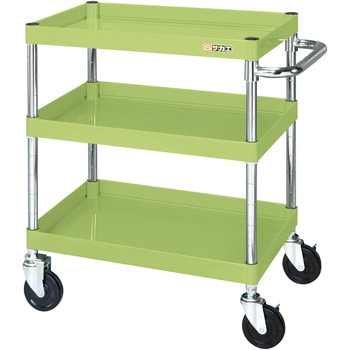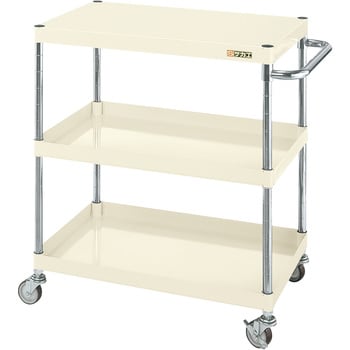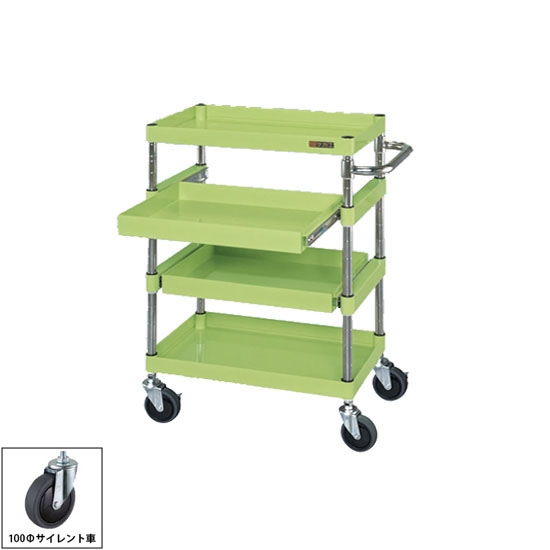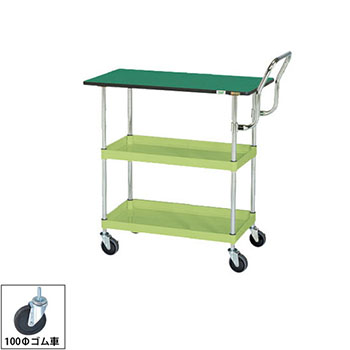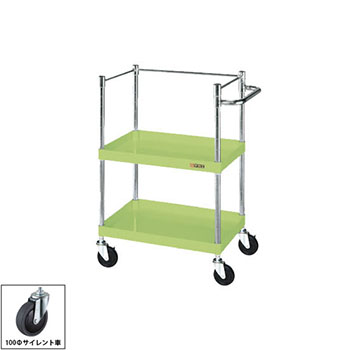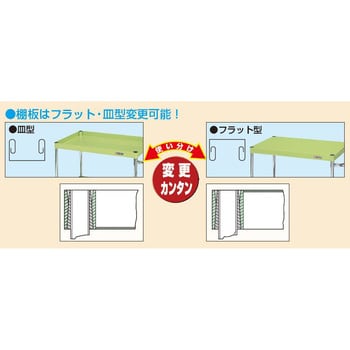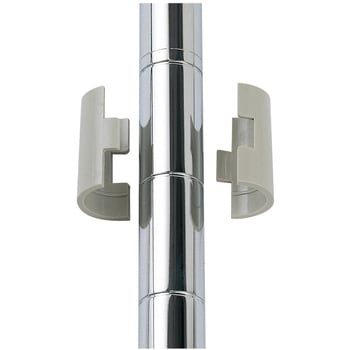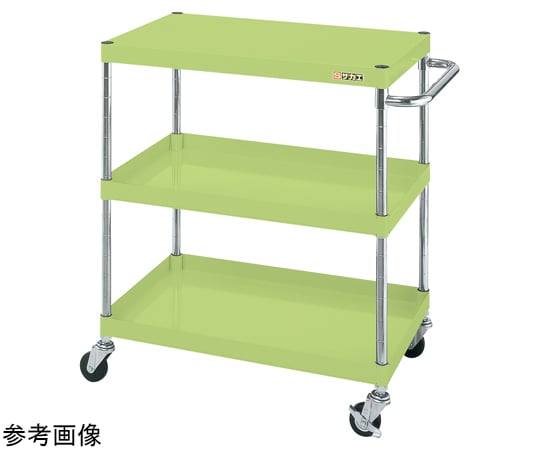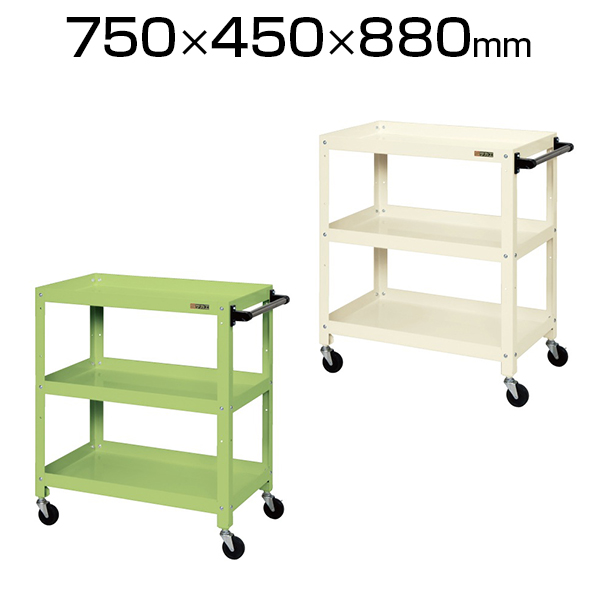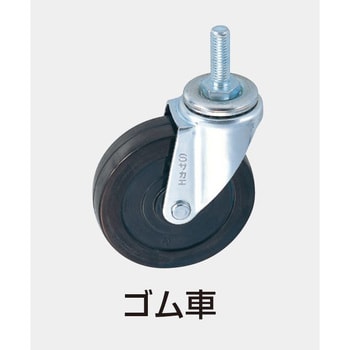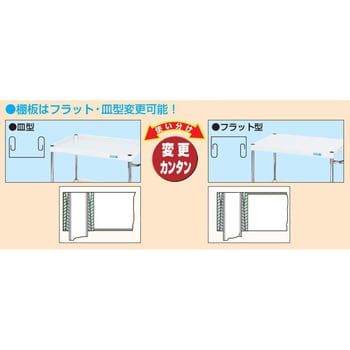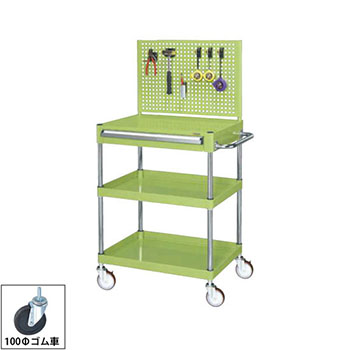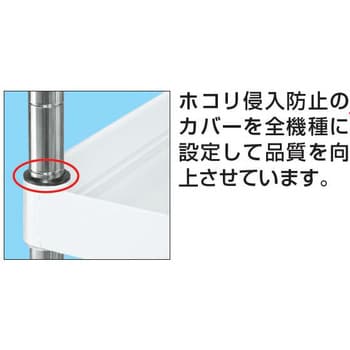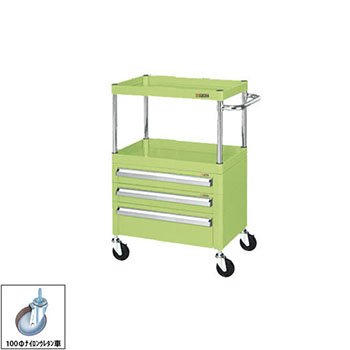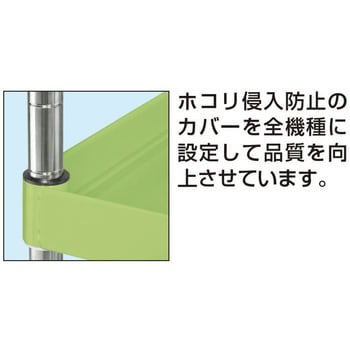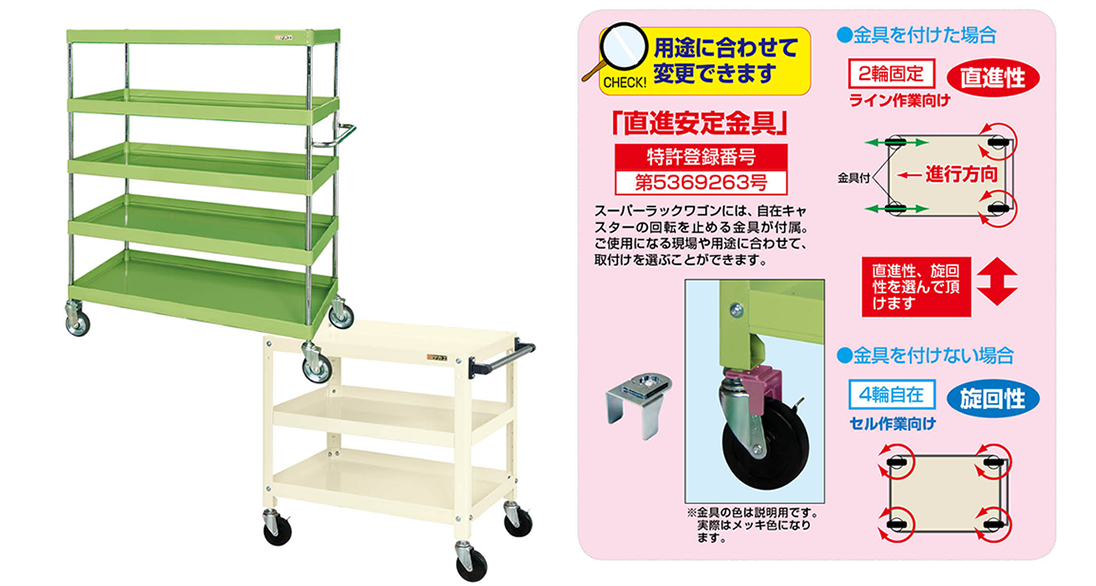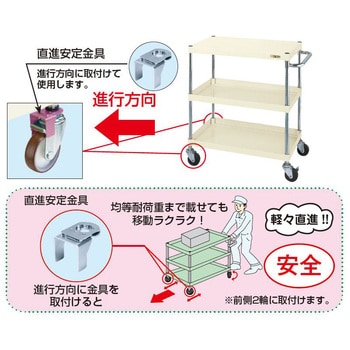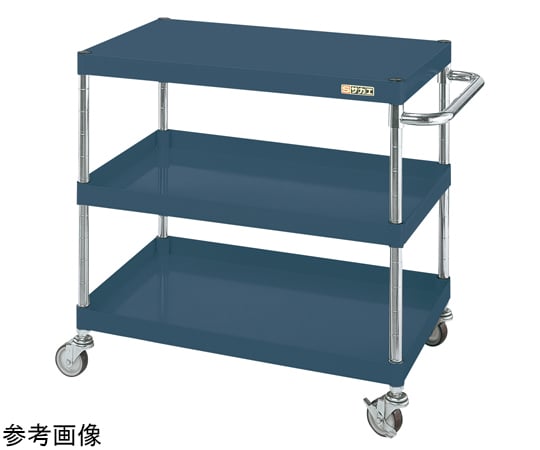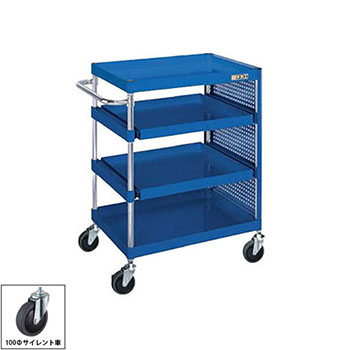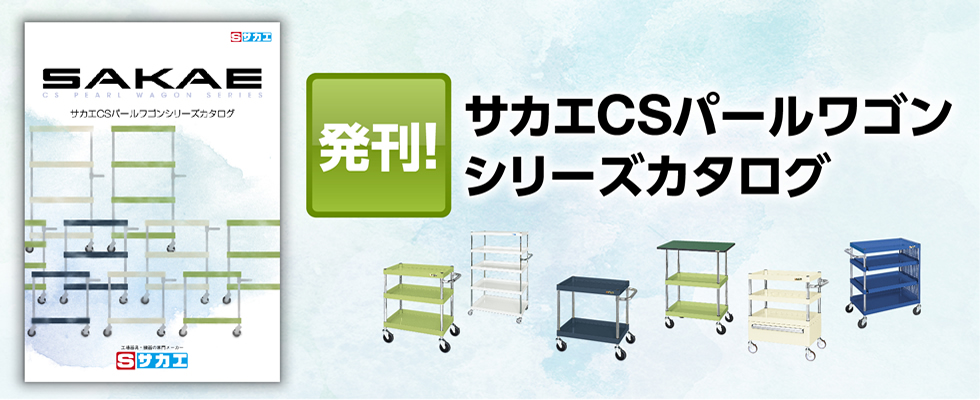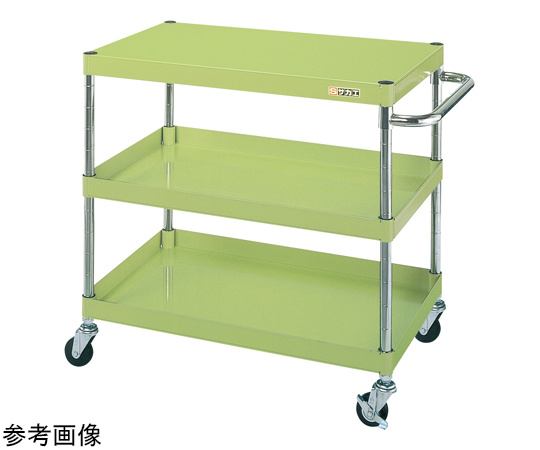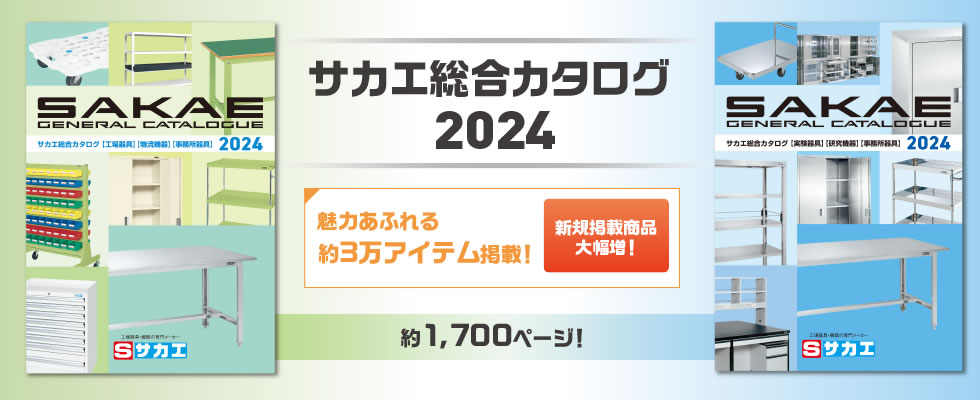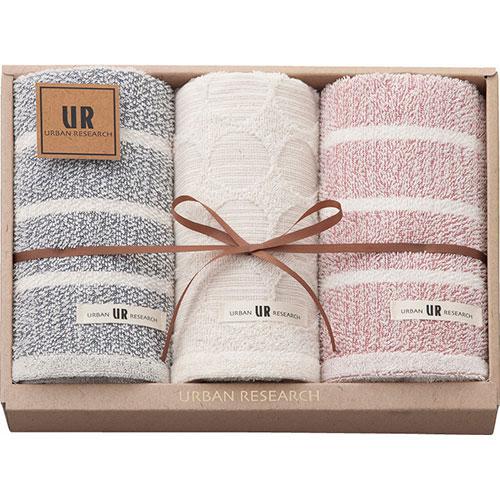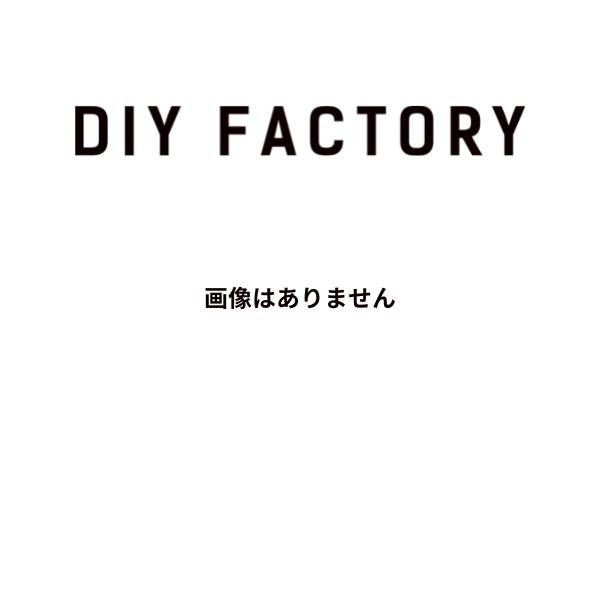法人様限定 サカエ 工場設備・物流機器 ツールワゴン CSパールワゴン(軽量タイプ・直進安定金具付) CSP-9062LYNUW
(税込) 送料込み
商品の説明
商品情報
■均等耐荷重:100kg
20020円法人様限定 サカエ 工場設備・物流機器 ツールワゴン CSパールワゴン(軽量タイプ・直進安定金具付) CSP-9062LYNUWDIY、工具業務、産業用CSパールワゴン(軽量タイプ/ゴム車/H880/3段) サカエ パイプ式ワゴン
■本体色:パールホワイト
■質量:17kg
■キャスター:75φナイロンウレタン車
■段数:2
■支柱:クロムメッキ25.4φ、棚板調整ピッチ50mm
■セット内容(付属品):直進安定金具2個付
■改正RoHS10物質対応
■サイズ:W900×D600×H600
■備考:お客様組立品
北海道、沖縄、離島及び中継を伴う場合は、追加送料が必要ですので別途ご案内致します。CSパールワゴン(軽量タイプ・直進安定金具付) CSP-9062LYNUW・サカエ
CSパールワゴン(軽量タイプ・直進安定金具付) CSP-6083LY」サカエ
CSパールワゴン(軽量タイプ・直進安定金具付) CSP-9062LYNUW・サカエ
CSパールワゴン(軽量タイプ・直進安定金具付) CSP-6083LY」サカエ
CSパールワゴン(軽量タイプ・直進安定金具付) CSP-9062LYNUW・サカエ
CSパールワゴン(軽量タイプ・直進安定金具付) CSP-9062LYNUW・サカエ
CSパールワゴン(中量タイプ/ゴム車/H740/3段/直進安定金具付)
CSパールワゴン(軽量タイプ・直進安定金具付) CSP-9062LYNUW・サカエ
CSパールワゴン(軽量タイプ/ゴム車/H880/3段)
サカエのツールワゴン【HUSTNET通販】
CSP-6084SSE 株式会社 サカエ CSパールワゴン中量4段(内スライド棚2段
サカエ CSパールワゴンの通販|法人オフィス家具のオフィネット
サカエ CSパールワゴンの通販|法人オフィス家具のオフィネット
サカエ SAKAE CSパールワゴン(軽量タイプ・直進安定金具付) CSP
CSパールワゴン(軽量タイプ/ゴム車/H880/3段) サカエ パイプ式ワゴン
CSパールワゴン(軽量タイプ・直進安定金具付) CSP-6083LY」サカエ
CSパールワゴン(軽量タイプ/ゴム車/H880/3段)
CSパールワゴン(軽量/ゴム/3段) CSPシリーズ サカエ 【AXEL】 アズワン
楽天市場】サカエ スペシャルワゴン 重量タイプ ツールワゴン 3段 均等
サカエのツールワゴン【HUSTNET通販】
スーパースペシャルワゴン(ゴム車) SSW-226R W750×D500×H1100 サカエ
CSパールワゴン(軽量タイプ/ゴム車/H880/3段) サカエ パイプ式ワゴン
CSパールワゴン(軽量タイプ/ゴム車/H880/3段) サカエ パイプ式ワゴン
サカエ(SAKAE) ツールワゴン・工具ワゴン 通販 | オフィス家具通販の
CSパールワゴン(軽量タイプ・直進安定金具付) CSP-9062LYNUW・サカエ
サカエ CSパールワゴンの通販|法人オフィス家具のオフィネット
CSパールワゴン(軽量タイプ/ゴム車/H880/3段) サカエ パイプ式ワゴン
サカエ CSパールワゴンの通販|法人オフィス家具のオフィネット
楽天市場】サカエ スペシャルワゴン 重量タイプ ツールワゴン 3段 均等
サカエ CSパールワゴンの通販|法人オフィス家具のオフィネット
CSパールワゴン(軽量タイプ/ゴム車/H880/3段) サカエ パイプ式ワゴン
ワゴン用 直進安定金具 | 特許商品のご案内 | 株式会社サカエ
CSパールワゴン(中量タイプ/ゴム車/H740/3段/直進安定金具付)
CSパールワゴン(軽量/ゴム/3段) CSPシリーズ サカエ 【AXEL】 アズワン
スーパースペシャルワゴン(ゴム車) SSW-226R W750×D500×H1100 サカエ
CSP-6084SSE 株式会社 サカエ CSパールワゴン中量4段(内スライド棚2段
ステンレスCSパールワゴン(固定タイプ) CSPN3-7572」サカエ
株式会社サカエ
CSパールワゴン(軽量/ゴム/3段) CSPシリーズ
株式会社サカエ
商品の情報
メルカリ安心への取り組み
お金は事務局に支払われ、評価後に振り込まれます
出品者
スピード発送
この出品者は平均24時間以内に発送しています






